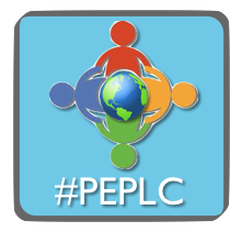 The Physical Education Professional Learning Community (#PEPLC) is growing by the day with #PHYSED educators from all over the world joining each day. There is still time to join this network, so if you haven't yet, you can find background information by clicking here. If you already know about #PEPLC, but have not signed up, you can do so by visiting this this link: http://www.pyppewithandy.com/2/post/2013/05/moving-forward-the-next-must-do-step-in-setting-up-our-peplc.html I will be blogging soon about taking the third step in the process of bringing #PEPLC to life. It involves all teachers joining Google Hangout --Free video calls for up to ten teachers to meet and discuss their learning in a very collaborative approach to PD. To give you an idea of the broad representation of #PEPLC to date, I thought it would be interesting to have a look at who we are and where we work. Have a look below to see the breakdown. Lots of different educators with loads of experiences and perspectives to share. Stay tuned for much more information about the Physical Education Professional Learning Community. Please continue to spread the word. Who are we? Where do we work?
0 Comments
I am always reminded about the importance of remaining positive and the power that a simple smile can hold. Yes, yes, there are times that I am a softy, I admit it, but nothing inspires me more than people trying to make a difference to others. People whose day-to-day interactions are all about helping to make the lives of others better. When I reflect and think about it, as teachers, we are in this position every single day. That's why videos like the one below are an excellent source of motivation for both teachers and for students. I found the video on @danielpink's website. I promise you that the video below will bring a smile to your face. Enjoy. 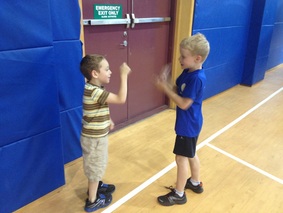 This is a perfect game to open up a striking and fielding unit with, or for a one-off rainy day activity in the classroom, or to break things up a bit and give kids a chance to get up and move, or a transition game in PE etc. The students love this one and it is both inclusive and very interactive. It can be played in kindergarten all the way up to high school. 'Get them Moving!" with this one. Try it out. The video speaks for itself. Rock, Paper, Scissors Baseball. An all-time favorite go to activity of mine. Can be modified and tweaked in a zillion ways. 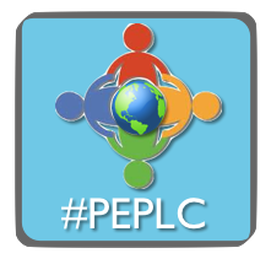 Google Form Link to sign up for #PEPLC: http://bit.ly/10FVwwc There has been a very positive response from #physed teachers around the world wanting to be involved in setting up a #PEPLC, a professional learning community for our PE network. What is even better and will take our learning to a deeper level is that there is representation from across the physical education spectrum. There are university professors, administrators, department heads, and PE teachers from across different grade levels that want to be involved in learning theme discussion groups. This type of representation will create a learning environment in which multiple perspectives on our profession are being shared with regularity ensuring that quality PD is in place for all of us. I'd like to thank Nathan Horne, from i-Phys-ed.com, for creating the #PEPLC hashtag link, as well as coming up for the image design for this project. I appreciate your involvement Nathan. As well, I want to thank @kellyannparry, @jonesytheteachr, @DrAshCasey, @movelivelearn(Amanda Stanec), and @joeyfeith for the extremely valuable feedback and support in this project. Although they all have very busy schedules, I appreciate any level of involvement that they can have in this #PEPLC project. In order to move the #PEPLC project forward, it is critical that all teachers who have signed up, click on the following link (http://bit.ly/10FVwwc) to complete the google form survey that I have set up. You will be asked for basic contact information and to select a learning theme in which you would like to take part. There are 5 choices at the moment, but there is an option box to suggest a theme that may not already be included. The choices are as follows: I would like everyone to have the google form completed no later than Wednesday, May 22nd. so that we can begin the process of grouping together teachers with like learning goals. There is still time to pass this message on to any #physed teachers that you know would be interested in joining. Please pass on this link. I look very forward to what the #PEPLC projec
 A few months back Mark Williams and I began to engage in discussion within the #physed network set up on Twitter. It was easy to recognize in an instant Mark's passion and enthusiasm for our profession as evidenced by his weekly interactions with #pechat and daily contributions on Twitter. Mark and I decided to meet on Skype and I shared with him the new approach that I was intending to use in my Athletics unit. It was all about student design in their own learning journey in Athletics and introducing all learning outcomes to them at the beginning of the unit. The key to every successful PE department is having people with this same vision. Mark's colleague and fellow department member, Mike Gilmour, was also keen to try out something new and worked together at creating a very rich learning environment in their Adventure Challenge unit. I am pleased that Mark accepted my invitation to guest blog on PYP PE with Andy and thank Mike Gilmour for being involved as well. A bit about Mark Williams and Mike Gilmour  Mark Williams Educated in the UK and briefly in Holland Mark has been involved in playing, coaching and teaching his whole working life. He was brought up in Wales, but moved to England to attend university and play rugby, on completing a BSC (Hons) degree in Sport Science. He travelled to New Zealand to continue his rugby and coaching development. Once his career had finished he went back to university to complete a PGCE in Physical Education. He has been Head of PE in a number of schools and is currently team leader of an elementary PE department in Singapore. He will soon embark on his next challenge as Head of PE in his third international school in Singapore.  Mike Gilmour Mike Gilmour is currently a PE teacher at OFS elementary in Singapore. He is from Cape Town, South Africa and that is also where he graduated from university with a degree in Sports Science. Before going into teaching he worked as the National Director of a sports development business for 5 years. This position gave him invaluable experience which he combines with his teaching skill in an effort to make his lessons fun, informative and meaningful. Mark and Mike's Guest Blog So it’s the last unit of what has been a very long year at OFS (Overseas Family School), time to wind down, relax and let the students play games while, as teachers, we sit back and work on those sun tans before heading back to colder climates. Wrong! We still have a final unit to plan and implement. And not just any run of the mill unit! Adventure Challenge is the unit that in many ways brings all those unseen Physical Education skills such as, communication, cooperation, problems solving, collaboration and critical-thinking together, and that is what we aimed to do. Our personal CHALLENGE at OFS was to try and create a unit for our grade 4 and 5 students that brought all these skills together, but how do we do this while making the unit physical, interesting and keeping all students engaged and on task (not always easy for those students who want to just play games)? This really is a unit that can go either way; do we lose the normal physically active students who love playing competitive games or do we lose those students who will potentially benefit most from this unit? Those students who aren’t necessarily into the competitive/physical games but have great ideas, problem solving skills, communication skills and sometimes unbeknown to us are natural leaders when within their comfort zone? We started by looking at the Student Learning Outcomes and consider what we want students to be able to do by the end of this unit. I had already looked at and discussed Andy’s SLO’s for his Athletics unit so what better place to start? The Student Learning Outcomes For Our Adventure Challenge Unit We created the above Learning Outcomes from the PYP PSPE Scope & Sequence document and began the process of creating Learning Experiences that would draw out all these skills (the above is for grades 4/5, but we also created a similar document for grade 1 and grades 2/3 showing a progression through the years (i.e. grade 1 only has 3 Learning Outcomes etc. I am happy to share these too). We were keen to give students the chance to complete set teacher tasks while also being able to create their own challenges for other students in their own class, as well as other classes. While looking at this, we came up with ‘Can You?’ and ‘Can We’ challenges. The ‘Can You’ challenges were to be given by the teacher and designed for students to complete in groups. We created them with certain outcomes in mind; can they recognize that every member of their group has a skill that will aid the group; can they recognize that each challenge is different; can they work as a group to complete a task; can they make connections between these tasks and the Central Idea? The ‘Can We’ challenges were designed by the students using the original ‘Can You’ task as a model. So lesson one, day one. I personally started my lesson by splitting the class into girls and boys and asking, “Can you pick a problem-solver to come out and complete the first challenge?". Both groups within 10 seconds sent out the sportiest boy and sportiest girl, the interesting point and the point I raised immediately was, “Why didn’t any of you ask what the challenge was?”. I highlighted this could have been maths, cooking, geography, anything, so why did they pick this student. They quickly set out to complete the ‘Reverse Pyramid’ task (having re-thought the need for a specific leader who was capable of completing the task). Their ‘Can You' task was to complete the ‘Popsicle Challenge’ in groups of four. Basically can they make a shape with four students starting in the push up position with no feet touching the floor? This took a lesson to complete (we have to travel by bus to the school’s second field for these lessons so only 30 minutes for class) and then we introduced the ‘Can We’ challenge. For this challenge we used the same principals of the Popsicle Push Up, and asked students to create their own challenges that they could present to other groups. The rules were very similar, can they create a challenge that starts with a Push Up Position using minimum points of contact. We had lots of examples and two are below: This first picture shows Grade 5 Girls practicing their challenge, ‘Can you make a 6-sided star with 24 points of contact?’ This challenge was well designed and quite physically demanding! The second shows the boys from the same class completing their challenge, “Can you complete a peace sign with 28 points of contact?’ Again well thought out and physically challenging. Both these challenges showed that the students were really communicating, cooperating and thinking. What as teachers we gained from this was that smaller groups of 5/6 might have been the better option as it was a slightly lengthy process due to numbers and it made it a little difficult for those people who were ‘Leaders’ to take control and lead in the way they may have wanted to. Initial challenges complete, we set about ‘Reflecting’ on what we still needed to build from our SLO’s in order for students to be able to complete the summative task. Step in Andy, he had a great idea to build on teamwork and communication by using the ‘Human Square’ challenge. We knew that getting students to use ‘appropriate’ language when giving instructions and developing ideas was paramount in this unit and this activity hit that head on. Can they make a square as a class with their eyes closed/blindfolded? The answer on many occasions is NO! A seemingly simple task was not so simple and once again highlighted the need for specific instructions and commands. Next Step
So where are we going from here? For our summative task, I have found a challenge that builds on the ‘Popsicle Push Up’ but introduces motion/movement. The ‘Can We' task will be to create a ‘HUMAN MACHINE’ using 5 or 6 students that can move a distance of 15 meters with minimum points of contact with the floor (and without collapsing). This builds on the previous task but will also get them thinking about how they keep the shape together? Who are the right people for certain positions within the machine? How do we reduce points of contact? The added twist that we created for this challenge is that once a team makes the 15 meters they are allowed to ‘Patent’ part of their design so that no other group can use it (i.e. if they have students in a wheelbarrow but with legs around another students waist, they can stop others using it. This we hope will keep groups thinking and creating more innovative ways to connect.) Final Thoughts Throughout the planning process we have really focussed on which Learner Profiles (LP) we will be highlighting as students collaborate together to reach their goals. Certain LP’s raise themselves in so many tasks, being Principled, Inquirers, Thinkers, Communicators, Reflective and being Risk-Takers. These LP’s were highlighted by teachers during conversations, observations and during Think-Turn-Talk sessions on the bus on the way back to school. If we look at the value of a unit and consider how conceptually students can link their actions and others' actions to other Physical Education units, this unit for me tops them all. The transdisciplinary skills developed, highlighted and considered can be used and applied in every facet of Physical Education and Sport: Social Skills - Respecting others, Cooperating, Group Decision making, Adopting a variety of group roles. Communication Skills - Listening, Speaking, Presenting, Non-Verbal communication. Thinking Skills - Application, Evaluation. Research Skills - Formulating questions, Observing, Planning. When reflecting on units, we often find it difficult to highlight ‘student-initiated inquiry’ and opportunities for students to ‘engage in inquiries’. I think with this unit we have allowed for both by leading the students into discovering where skills need to be applied and how they can be applied during the ‘Can We’ tasks but also giving them the freedom to express and EXPLORE their own ideas during the ‘Can We’ tasks. On completing these tasks students had to question:
NOTE: Other Learning Experiences such as River Crossing, Tank Commander, Blindfold Tag, Shepherd and Sheep were added during the ‘Can You’ phase as needed to highlight the need for each Learning Outcome to be developed.  Setting Up a Professional Learning Community for PE I would like to throw out a proposal to any PE teachers wanting to get involved in a professional development opportunity. This is only an idea at this point, so I would like input and feedback from anyone willing to contribute their thoughts. As I reflect on authentic and genuine opportunities for professional development in physical education, it becomes clear to me that opportunities are quite limited at times. Sure, we all go on professional development from time to time and this no doubt is very useful for us. However, I still feel that PD is quite limited within our specialist area. Twitter, of course, has changed how we learn and interact with other PE practitioners around the world and for this I am very grateful. The weekly #pechats have been a very informative way to exchange ideas. What I would like to propose is the idea of goal-setting and creating ‘learning groups’ within our PE network. The way I foresee this happening is; those that are interested in being involved, would share their specific ‘learning goals’ via a collaborative Google Doc. Once we identify themes in the ‘learning goals’ teachers have, we can then form ‘like’ groups in to ‘Learning Teams’. Some general themes which may serve as a great starting point could be leadership, innovation, community, curriculum etc. Establishing themes would be an important part of the process. The learning teams might look something like this (this is only an example)
Creating Learning Teams
Initial Learning Team Discussion This is the time that the group comes together for the first time on Google Hangout to share their questions, their uncertainties, and what they already know about their selected topic or focus. To ensure that everyone is on the same page, the group identifies exactly what the main goal of their learning discussion group is. Side related goals are of course allowed and encouraged. Perhaps these learning group discussions can be streamed on You Tube for other teachers to be able to watch. I essentially see this as an extended version of #pechat where we can go more in-depth with our learning and discussion. Although very much informal in nature, these discussion groups still need a structure in order the properly thrive. Sharing Research and Information Each time learning team meets on Google Hangout they share their information and research with one another. They share what is working in terms of their learning goal and what isn't. Groups can brainstorm new ideas for its teacher members to implement within their own instructional practice. How Often Would Learning Teams Meet? This would be up to each learning group to decide for themselves. The way I see it is that learning teams would meet on average of once or twice a month. If each group was to have their Google Hangout streamed on You Tube, there would be an amazing wealth of knowledge being exchanged that would benefit each and every one of us involved in this project. Are you interested in being a part of this professional learning community? I sincerely hope that you are! If so, please leave your name in the comment box below or email me at [email protected]. I believe that our PE network will be made stronger by banding together to share our wisdom, knowledge, and learning in a professional learning community approach such as this. What are your thoughts? Over the last several months I have been looking for different books, outside the realm of PE, to read and get new ideas from that are transferrable to my own teaching practice. One of these books, Drive by Daniel Pink, has been a wonderful read that I've thoroughly enjoyed. As I go for my morning runs, I listen to the audiobook version and get loads of great ideas and important thoughts to consider and reflect on in regards to how I run my PE program. Thanks to Lynne Cazaly for her wonderful graphic of Daniel Pink's book. Over the next few weeks, I am going to be blogging on what specifically I am able to take away from Drive and explain how I can apply it to my teaching practice. I will also reflect on some important concepts that Daniel Pink writes about and how these concepts need to be carefully considered when we have an in-depth look at how we teach and assess in PE. For the moment, I want to reflect on control and compliance vs. autonomy and engagement in regards to our instructional practice in PE. It is important to constantly evaluate where our instruction falls on this spectrum. All the science out there indicates with certainty that humans thrive when they feel that they work within environments that foster autonomy and freedom. Whether you work in business, education, engineering and so forth, the key to productivity is autonomy. If this is the case for the workforce in general, what are the implications for our students as they embark on their learning journeys in school? If the science supports the notion that adults are more engaged in their work and more productive in general when they work in environments that promote and foster autonomy, it is obvious that students thrive in the same types of environments within the walls of their own schools. Now, this leads me directly into our teaching and assessing in PE. I have been a strong advocate for allowing students to design their own learning and to be fully engaged in helping to develop the assessment criteria that we use in PE, both formatively and summatively. Have I always done this? Absolutely not. When I reflect on my style of instruction early on in my teaching career, although I thought I was a decent teacher, I certainly did not give my students a lot of freedom. There is a certain fear that comes to mind when giving more control over to the students. Will they actually learn or will they fluff around? How can students be responsible for deciding on their own learning engagements? The questions abound ten fold when it comes to giving students ownership and control over their learning.
I think it is an absolute necessity to involve students in assessment design in PE. Again the science clearly indicates that humans gain much higher levels of motivation that is sustainable over time when they have more freedom and autonomy in their work environment. This science is no different for our students. Our number one goal, in my opinion, should be to create intrinsically motivated students. Intrinsic motivation is at the very heart and essence of success in school and in the workplace. If we can help to develop intrinsically motivated students in our PE classes, everything else comes easy. I guarantee that they will meet and/or exceed all of the student learning outcomes in a unit. They will meet and/or succeed all of the standards and benchmarks that they are required to meet in PE. How can we help to create an environment that encourages autonomy and freedom in PE?
I ask you again to assess where on the spectrum your teaching practice falls. At what times do we need more control? At what times can we give up control? All important factors to reflect on when trying to improve our instructional practice in PE. Let me know your thoughts. There are times when you can let things go, but there are other times that certain ignorances must be addressed. Upon my morning scroll down the Twitter feed, I came across @joeyfeith's response to an article written by Jessie Olien. The article is entitled: You need to read this article to understand Jessie's point of view and can find the article here. A big part of me really sympathizes with Jessie as her poor experience with PE obviously stems from the fact that she must have had some very poor teachers. We all know that a teacher can make or break a student in terms of confidence and self-esteem. However, there is much more to this article than a lousy PE teacher. An excerpt from Jessie's article can be found below. Every PE unit was a means for me to prove just how useless and uncooperative my body was. The cycle began with cautious optimism—maybe I’ll hit/kick/serve it this time!— followed shortly by a missed kick or fumbled serve that showed the class and teacher that I was terrible at everything. The culmination of each class was the annihilation of my self-confidence. I am not here to bash Jessie as each person is entitled to their own opinion. It is important to note that Jessie also brought a low self-concept into PE class and it is this low self-concept that was forced even lower by poor PE teachers. Regardless of individual skill level, it is the teacher's responsibility to bring out the very best in every student -- make them all shine. A good teacher can make every single student feel special and give them a sense of empowerment. It is unfortunate that Jessie obviously never experienced teachers like this. Team sport is an absolute necessity in PE. Team sport helps to foster essential life skills such as cooperation, communication, sportsmanship, resiliency, persistence, problem-solving, planning, strategizing, camaraderie, compassion and learning to support and encourage one another. These are the essential traits in which team sport should be deeply rooted. Had Jessie experienced one of my classes or the classes of other very good teachers within the PE network on Twitter, her perception of PE would be very different today. I encourage Jessie to to check out a number of blogs and PE websites out there such as: As Joey Feith says, there still remains a number of PE teachers out there that go through the motions, collect their pay checks, and turn countless kids off sports/active lifestyles. I wholeheartedly agree with this statement. Something must be done to make poor teachers more accountable for their actions. To conclude Jessie states that: The solution seems pretty simple. Start teaching kids how to do the things they can do, better. Most kids can run and jump and skip. Let them. They don’t have to race or see who scores the most points. Teach them about what they can do rather than what they can’t. Show them their bodies can be a key to their future happiness, not an obstacle to it. Jessie, rest assured in knowing that what you say above is happening in a number of PE programs nowadays. Personally and professionally, my life is about making a positive difference in young people's lives. There are a vast number of passionate and very caring PE practitioners out there doing the very same thing on a daily basis. Thank you for sharing your opinion and I sincerely hope you take the time to look at the websites above and to consider, with an open-mind, that physical education has taken on big change over the last several years. It is wrong that you were made to feel this way in school.
The kids love this game and wanted to play it more in PE class yesterday. We played some different versions of it. Have a peek at the video and read my blog here that fully explains the game. The students love this game as it is high-paced and requires them to constantly hustle. Simply put, each runner is chased but also chases at the same time. It works on relay skills in the sense that they must run around the square and must touch the hand of the next runner on their team. As they tag off, the following runner then tries to close the gap on the next team’s runner. Gaps between runners will increase and decrease as the game progresses. The aim of the game is the catch the next team’s runner by tagging them. Once a runner is tagged, the whistle is blown and a point awarded to the team that caught the next team’s runner. Whoever was running when the whistle was blown goes to the back of their team line and the next runner steps forward to run on command. Setting the Game Up As you can see from the diagram below, the running area is coned off in a square shape. When setting this game up, I divide the class in 4 equal teams with each team located on the inside of the square in their respective corner. I give the example below of blue team, black team, green team, and red team. It is important that each team is identified by color as they are being chased and are chasing. At first I have the students run a few relays to get used to the running format. I get them to first use a baton to pass on to their next team runner as we race. After a few relays, I switch the path from clockwise to anti-clockwise with the runners still passing the baton. We then move to a simple touch and run format. The touch and run format is used in the maximum pursuit game to be played next. Please see diagram and explanation below. As well, there is also a video of the game being played in action. It really is a super game to play in PE and the students absolutely love it. They don't realize how much they have sprinted until after the game is over. Try this one out, you won't regret it! |
AuthorKAUST Faculty, Pedagogical Coach. Presenter & Workshop Leader.IB Educator. #RunYourLife podcast host. Archives
September 2022
|
- Welcome
- All Things Teaching and Learning
- The Aligned Leader Blog
- Consulting and Coaching Opportunities
- My TED X Talk
- My Leadership Blog
- Run Your Life Podcast Series
- How PYP PE with Andy Has Helped Others
- Good Teaching is L.I.F.E
- The Sportfolio
- Example Assessment Tasks
- PYP Attitude Posters (printable)
- Publications






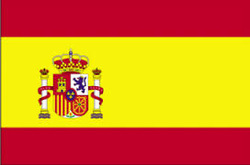




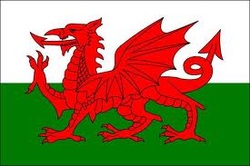

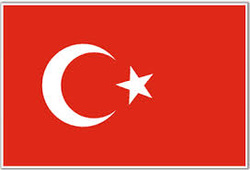



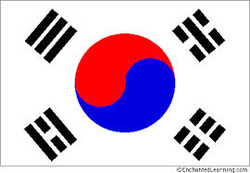
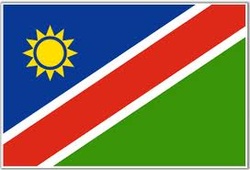










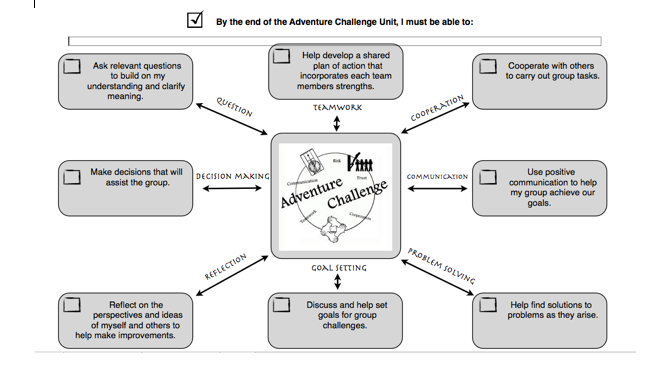

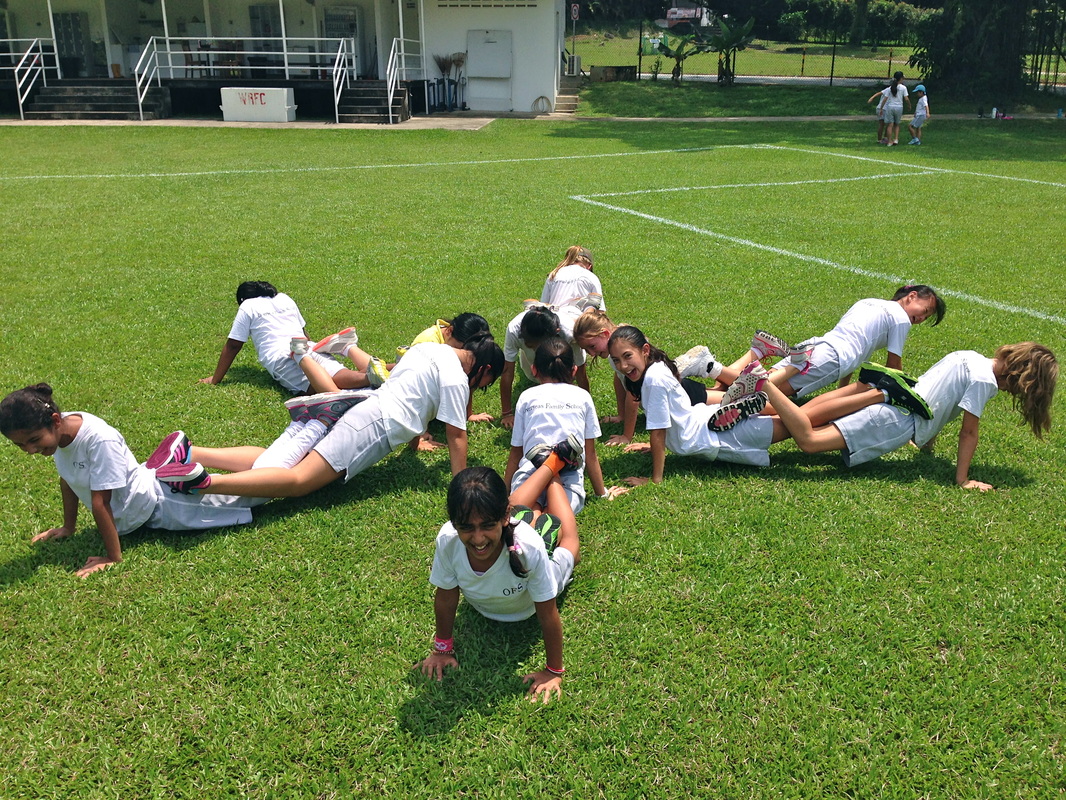
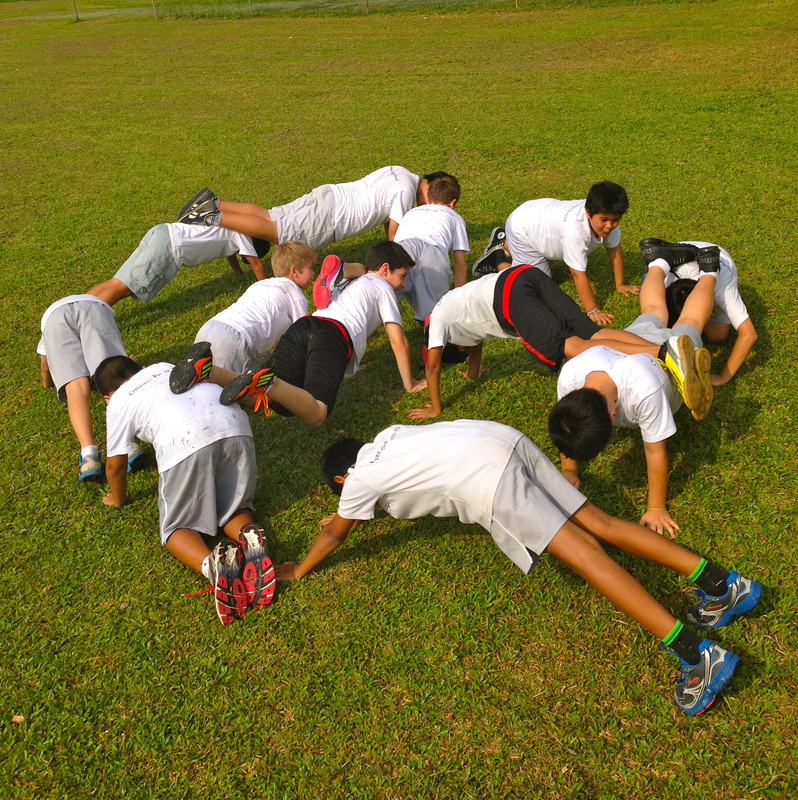
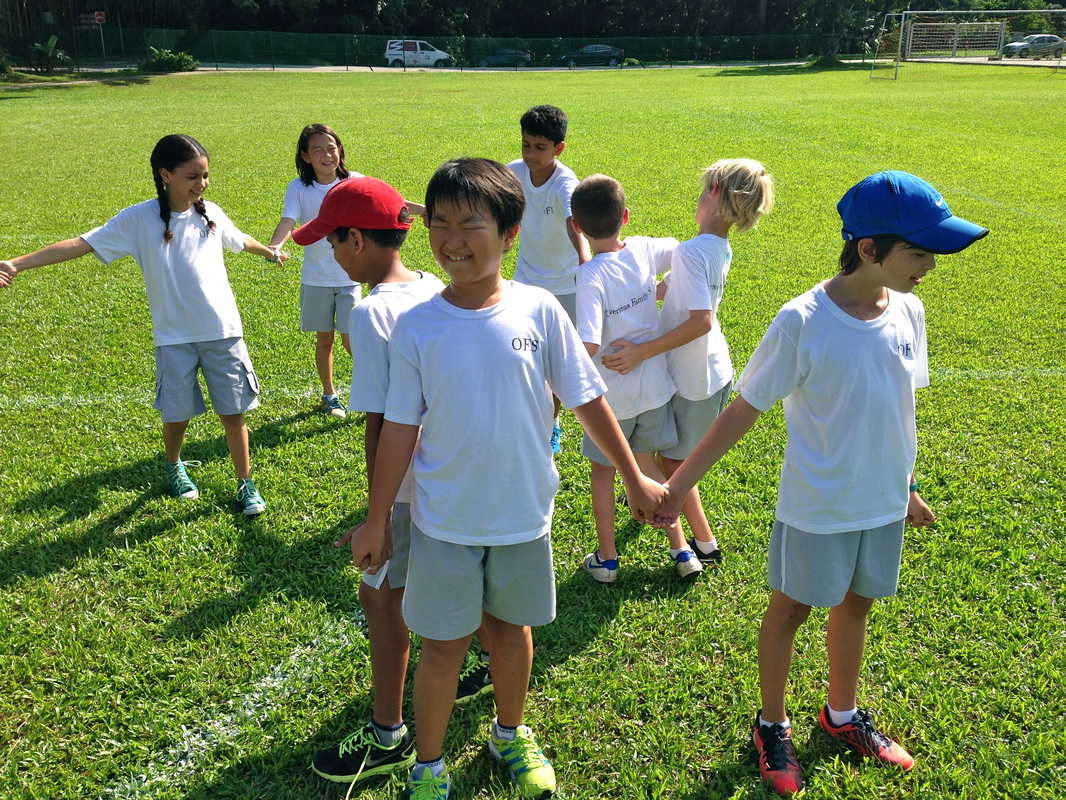
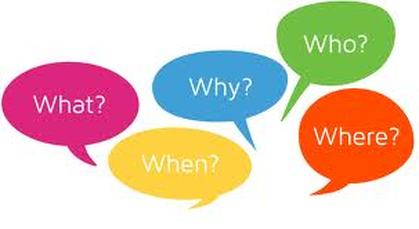
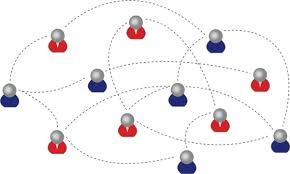
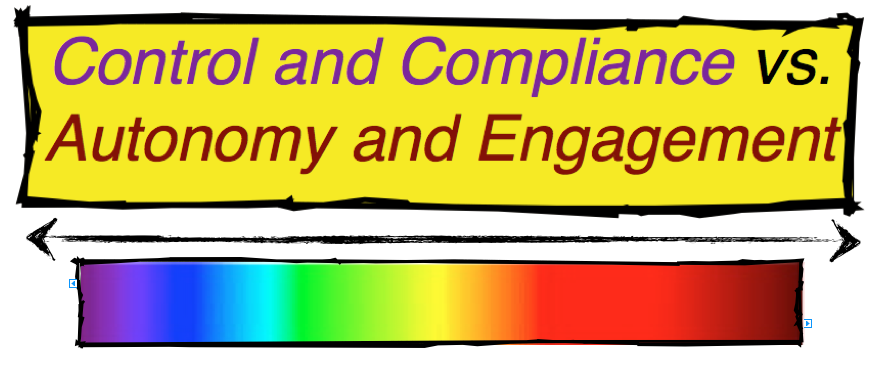
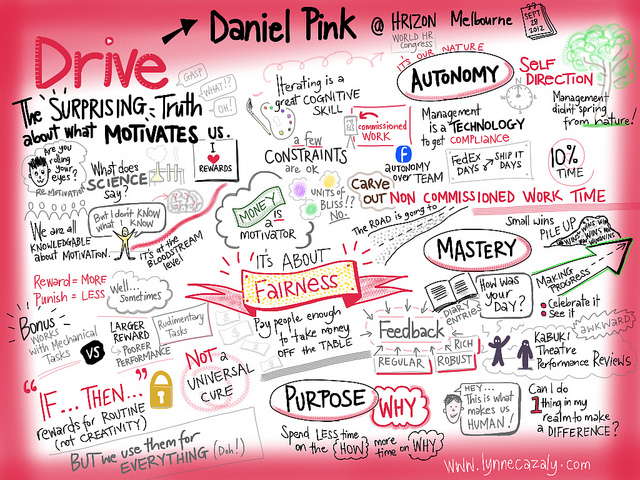



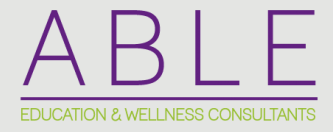




 RSS Feed
RSS Feed
